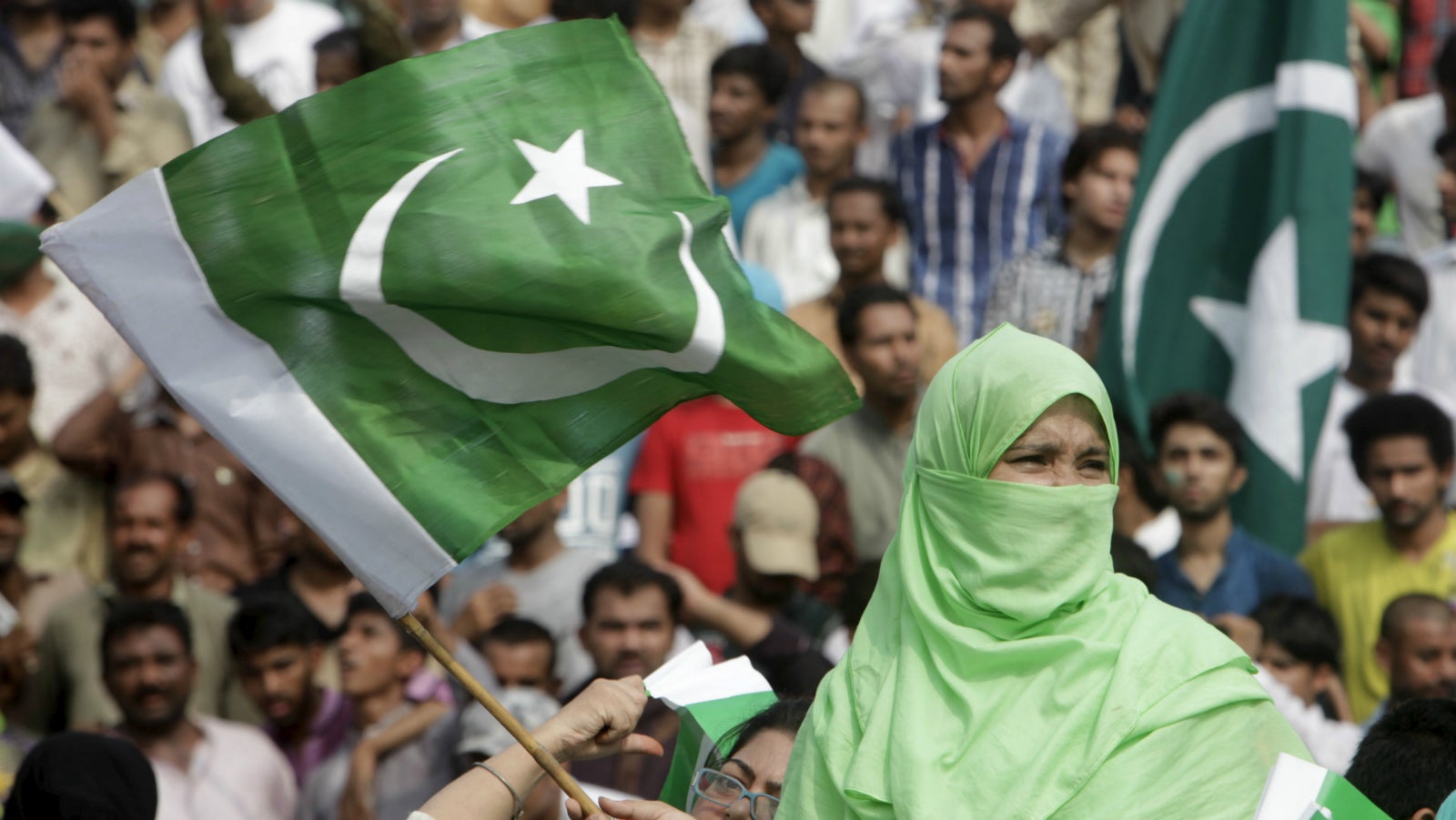From Egypt to Indonesia, all Islamic nations must learn from Pakistan’s mistakes
When Pakistan was founded in 1947, its secular founding fathers did not speak of an Islamic state.


When Pakistan was founded in 1947, its secular founding fathers did not speak of an Islamic state.
Muhammad Ali Jinnah, recognized as Pakistan’s Quaid-e-Azam (Great Leader), clearly declared that non-Muslims would be equal citizens in the new country. Reflecting his secular views, Jinnah—himself a Shia—nominated a Hindu, several Shias and an Ahmadi to Pakistan’s first cabinet. Now, non-Muslim representation at the Cabinet level is limited to symbolic appointments, while Shias face smear campaigns from Sunni Muslims that declare them non-Muslims. And the Ahmadis—who were some of Jinnah’s most ardent supporters in his quest for a Muslim homeland on the subcontinent—are completely unrepresented; they live as virtual outcasts in modern Pakistan.
In his famous speech of 11 August 1947, Jinnah had stated that, in order to make Pakistan ‘happy and prosperous’, every person living in the country, ‘no matter what is his colour, caste or creed, [should be] first, second and last a citizen of this State with equal rights, privileges, and obligations’. His speech advanced the case for a secular, albeit Muslim-majority, Pakistan: ‘I cannot emphasize it too much. We should begin to work in that spirit and in course of time all these angularities of the majority and minority communities, the Hindu community and the Muslim community … will vanish.’
Jinnah also declared,
You are free; you are free to go to your temples, you are free to go to your mosques or to any other place of worship in this State of Pakistan. You may belong to any religion or caste or creed—that has nothing to do with the business of the State … We are starting in the days where there is no discrimination, no distinction between one community and another, no discrimination between one caste or creed and another. We are starting with this fundamental principle that we are all citizens and equal citizens of one State … Now I think we should keep that in front of us as our ideal and you will find that in course of time Hindus would cease to be Hindus and Muslims would cease to be Muslims, not in the religious sense, because that is the personal faith of each individual, but in the political sense as citizens of the State.
The vision outlined by Pakistan’s founder remains unfulfilled. Indeed, it appears further from realization than at any time since this hopeful declaration of religious pluralism was made. At the time of partition in 1947, almost 23% of Pakistan’s population (which then included Bangladesh) comprised non-Muslim citizens. The proportion of non-Muslims has since fallen to approximately 3%.
Furthermore, the distinctions among Muslim denominations have become far more accentuated over the years. Muslim groups such as the Shias, which account for approximately 20-25% of Pakistan’s Muslim population, are often targeted by violent extremists. Ahmadis, barely 1% of the Muslim population, have been declared non-Muslim by the writ of the state. Non-Muslim minorities such as Christians, Hindus and Sikhs have been the victims of suicide bomb attacks on their neighbourhoods, and their community members have been converted to Islam against their will. Houses of worship of non-Muslims as well as of Muslim minority sects have been attacked and bombed while filled with worshippers.
Pakistan has descended to its current state of religious intolerance through a series of political decisions by Jinnah’s successors. The descent began in 1949 with the Constituent Assembly declaring the objective of Pakistan’s Constitution to be the creation of an Islamic state. It reached a nadir with the ‘Islamization’ drive under General Zia during the 1980s. Now, the country is dealing with armed militias and terrorist groups—many of which were sponsored by the state under the Zia regime and in the civil and military governments since—each intent on imposing its version of Islam by violent means.
Pakistan’s most prominent human rights activist, Asma Jahangir, warns that the worst is yet to come. ‘Past experience has shown that the Islamists gain space when civilian authority weakens,’ she pointed out in an article a few years ago. ‘The proliferation of arms and official sanction for jihad have made militant groups a frightening challenge for the government. Pakistan’s future remains uncertain and its will to fight against rising religious intolerance is waning.’ The purpose of examining Pakistan’s embrace of religious extremism is not revealed merely in the recognition of the country’s ill treatment of its religious minorities.
In the context of a Muslim world comprising a youthful population of somewhere in the order of 1.4 billion people, it is equally critical to note the actions of state-sponsored organizations or extremist groups against religious minorities in all Muslim countries. Attacks on religious minorities occur in several Muslim-majority nations, from Egypt to Indonesia, just as they do in Pakistan. But as Pakistan is the first country to declare itself an Islamic republic in modern times, the study of Pakistan’s handling of its minorities can be a helpful guide in understanding and anticipating the threats that would arise wherever Islamist militancy is on the ascendant.
Excerpted with permission from HarperCollins India from the book, Purifying the Land of the Pure: Pakistan’s Religious Minorities, by Farahnaz Ispahani. We welcome your comments at [email protected].